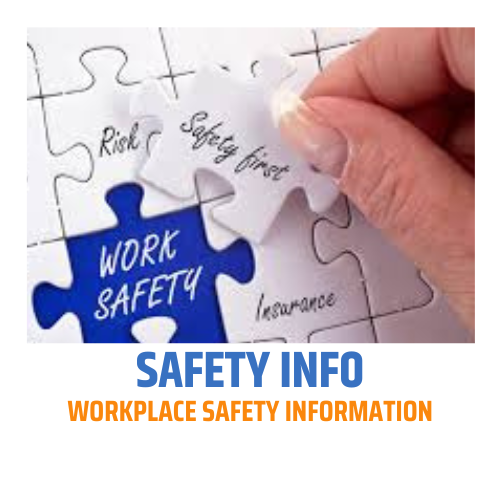What is the Health and Safety Law in the US?
In the United States, health and safety laws are
primarily governed by the Occupational Safety and Health Act (OSH Act) of 1970,
which established the Occupational Safety and Health Administration (OSHA).
OSHA is the federal agency responsible for enforcing and regulating workplace
safety and health standards across most private-sector employers and their
employees.
The key features of
health and safety laws in the US include:
- Occupational Safety and Health Administration (OSHA): OSHA is responsible for developing and enforcing regulations to ensure safe and healthy working conditions. It sets standards, conducts inspections, provides training and education, and imposes penalties for violations.
- General Duty Clause: The OSH Act includes a General Duty Clause, which requires employers to provide a workplace free from recognized hazards that may cause death or serious physical harm to employees. This clause serves as a catch-all provision to protect workers from hazards that may not be specifically addressed by OSHA standards.
- Occupational Safety and Health Standards: OSHA has established specific standards that cover a wide range of workplace hazards, including but not limited to, fall protection, hazard communication, respiratory protection, electrical safety, machine guarding, and personal protective equipment (PPE). These standards are enforceable requirements that employers must comply with to protect their employees.
- Inspections and Enforcement: OSHA conducts inspections of workplaces to ensure compliance with safety and health regulations. Inspections can be initiated based on scheduled inspections, employee complaints, referrals, or as part of targeted enforcement programs. If violations are found, OSHA can issue citations and penalties to employers.
- Recordkeeping and Reporting: Employers are required to keep records of work-related injuries and illnesses, maintain injury and illness logs (OSHA Form 300), and submit summary data to OSHA annually (OSHA Form 300A) for certain establishments. Some severe injuries or fatalities must be reported to OSHA within a specified timeframe.
- Whistleblower Protection: OSHA provides protection to employees who raise concerns about workplace safety and health violations. It is illegal for employers to retaliate against employees for exercising their rights or reporting violations to OSHA.
- State Plans: Some states have established their own occupational safety and health programs that are approved by OSHA. These state plans must be at least as effective as the federal OSHA program and cover both private and public sector employees.
It's important to note that the information provided here
represents a general overview of health and safety laws in the United States,
based on my knowledge cutoff in September 2021. It is always recommended to
consult the official OSHA website or seek legal counsel for the most up-to-date
and specific information regarding health and safety laws in the US.







0 Comments